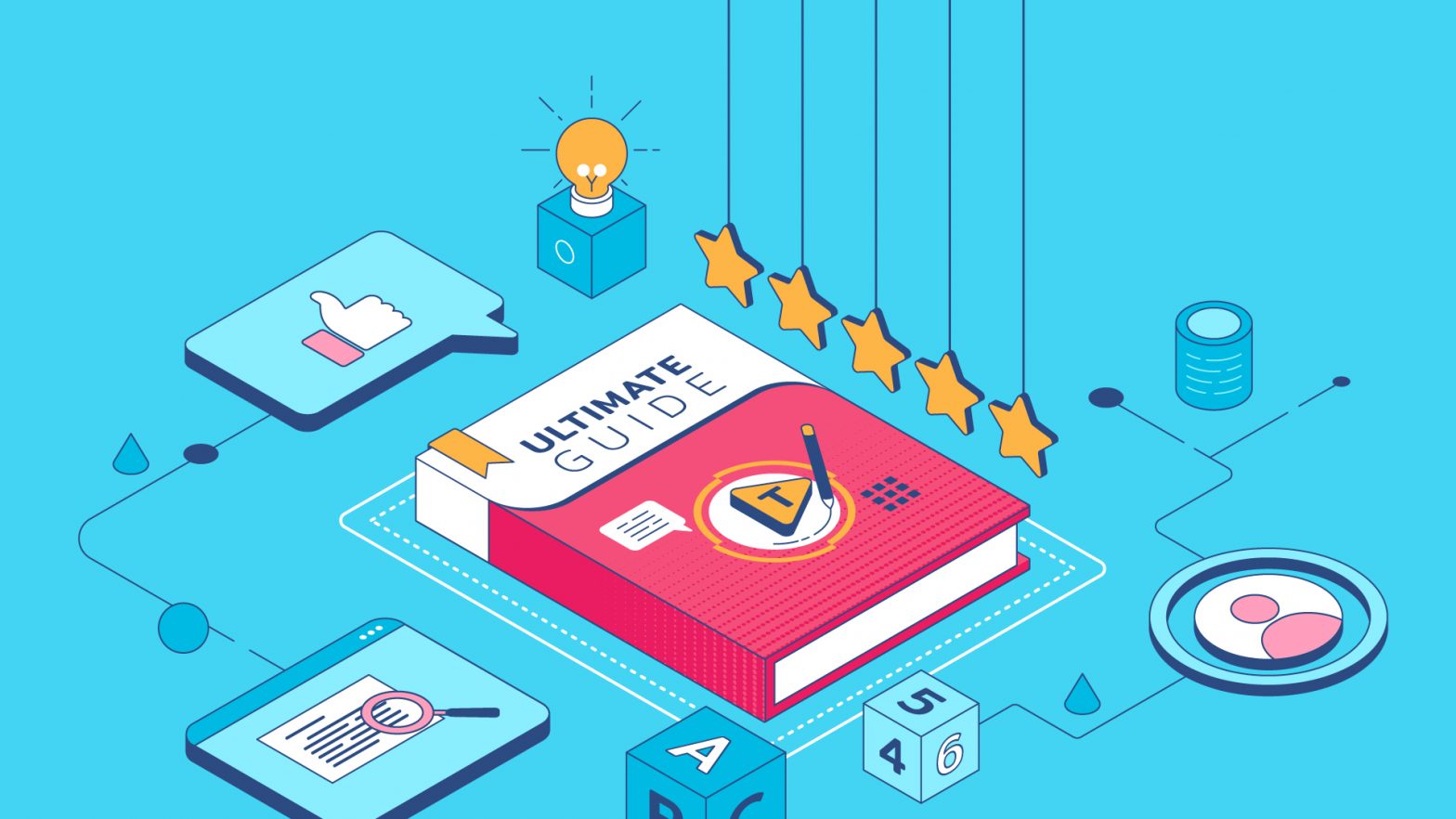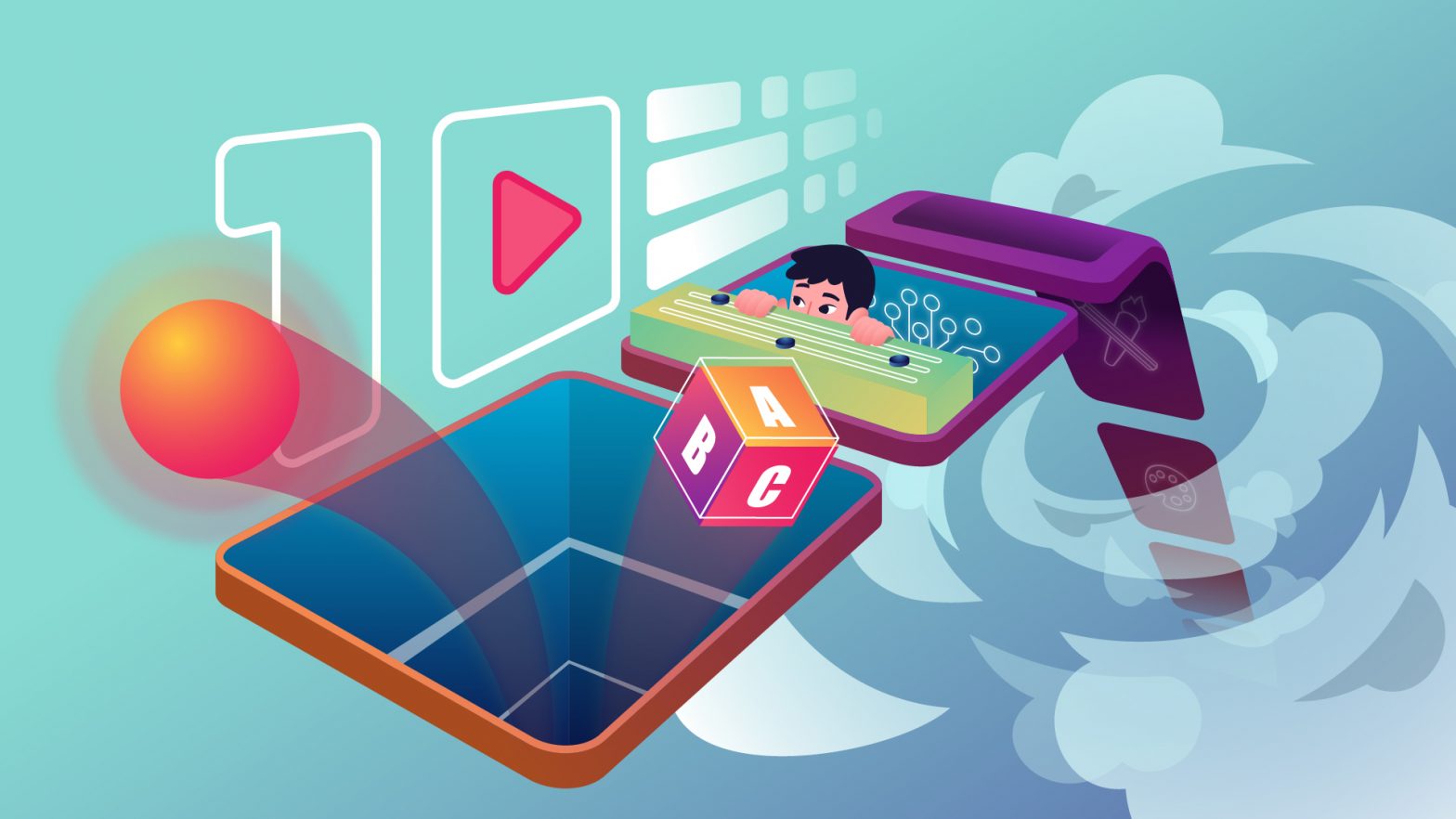When scrolling through the internet, you must have seen dozens of blogs educating marketers about the trends in bloom. You are bombarded with statistical reports telling which things the user likes; what approach works and what doesn’t, what you need to be doing, and so on.
And don’t get me wrong, that’s necessary if you want to stay in the game. As Friedrick Neitze says:
“The snake that cannot shed its skin has to die.”
Much like the snake, businesses also have to shed skin, change approaches, and adapt to ongoing Trends. That’s necessary not only to catch the audience’s attention but to build a long-lasting, engaging relationship with them.
However, doing that alone won’t suffice in the long run. For a successful marketing campaign, you must not only study the trends but pick the ones that resonate with your business model, audience, brand identity, and the type of product or service you sell.
In this article, I’ll apply the aforementioned logic to different animation styles.
After giving this article a thorough read and a bit of research based on the shared knowledge, you will have a good idea of which direction you want your marketing campaign to go in!
So without any ado, let’s start with a brief overview of how explainers work!
How Explainer Videos Work
Now, if you have used explainer videos that worked out well, you would like to skip this part. But If you are a first-timer or someone who has had a disappointing experience, hold on! This part will make the base for the ideas I’m about to describe later.
An explainer video “explains” what you do quickly and efficiently to anyone. The main motive behind making it is, as we know, making a sale. It can be either a live-action video, an animation, or both. But since current trends are mostly related to animation, I’ll stick to it only.
An animated explainer can be made in many different ways, depending on where you are using it and who you are talking to. It’s like a dress! Although its main purpose is to make you look good, you must design it according to the event to serve its purpose.
Each explainer style is targeted towards a different audience based on their interests, watching habits, age, likes and dislikes, and other demographics, much like a solid marketing copy. In some explainers, you would like to educate your audience; in others, you will solely depend on emotions.
For example, if you intend to put a video on your landing or product page, the users on your page already plan to make a purchase. In that case, you need to educate them and tell them how the product works. Your main motive here is to make their decision as easy as possible.
The following video is a great example. It combines cartoon-style animation and screencast to make the explainer fun, engaging, and educational at the same time:
On the other hand, if you use an explainer in your social media campaign, you would most certainly like to trigger emotions and generate maximum leads and prospects. Hence, it should have a story that is all about addressing problems, sympathizing, and then presenting solutions. It’s more about building trust rather than selling directly (though that should be the final goal).
As Seth Godin says:
“People do not buy goods and services; they buy relations, stories, and magic.”
Here’s a great example of an emotions-filled animation explainer for social media platforms that says nothing, yet everything!
Which animation style suits your brand the best:
Now that we have discussed a thing or two about how explainers work, let’s look at some of the most trendy types of animation styles and which businesses they will suit best!
1. Screencast explainers
Screencast explainer is a short, comparatively low-budget animation showcasing how a product or service works. Such explainers are primarily about educating the audience and are located on the landing page of a brand’s website.
As mentioned, they are best suited for educating your audience about your service or product. However, they can be some real conversion-getters if used right. These are not supposed to resonate with a particular brand image, as they work for every sort of product.
I highly recommend using them if you have a digital product or service. According to statistics, 94% of prospects watch videos to understand a product, and 81% make a purchase after watching the video.
2. Cartoon-style explainers
Remember when I mentioned storytelling and its role in generating leads, sales, and overall trust-building? A cartoon-style explainer is all about that. It is high on emotions and extremely relatable.
Plus, a cartoon-style explainer also gives you a lot of flexibility in terms of approach and allows you to do anything that humanizes your brand. It can be puns, quirks, using day-to-day language… you get the idea!
However, the main thing that drives any cartoon-style explainer is the story. The video contains characters representing average users, and the story is centered around their problems. Your product or service only appears as a savior that solves all their problems.
Animation Style: The Takeaways
Such explainers are best suited for small businesses and start-ups, which need a lot of trust-building before someone gives them a try to their product.
Moreover, these explainers are pretty versatile. You can use them on your website’s home page, in your social media campaigns, and even as video commercials.
Also, this is the best tool in your arsenal if you’re more into emotional marketing! In fact, ads with purely emotional content perform twice as well compared to those filled with rational content. Says enough? 😉








